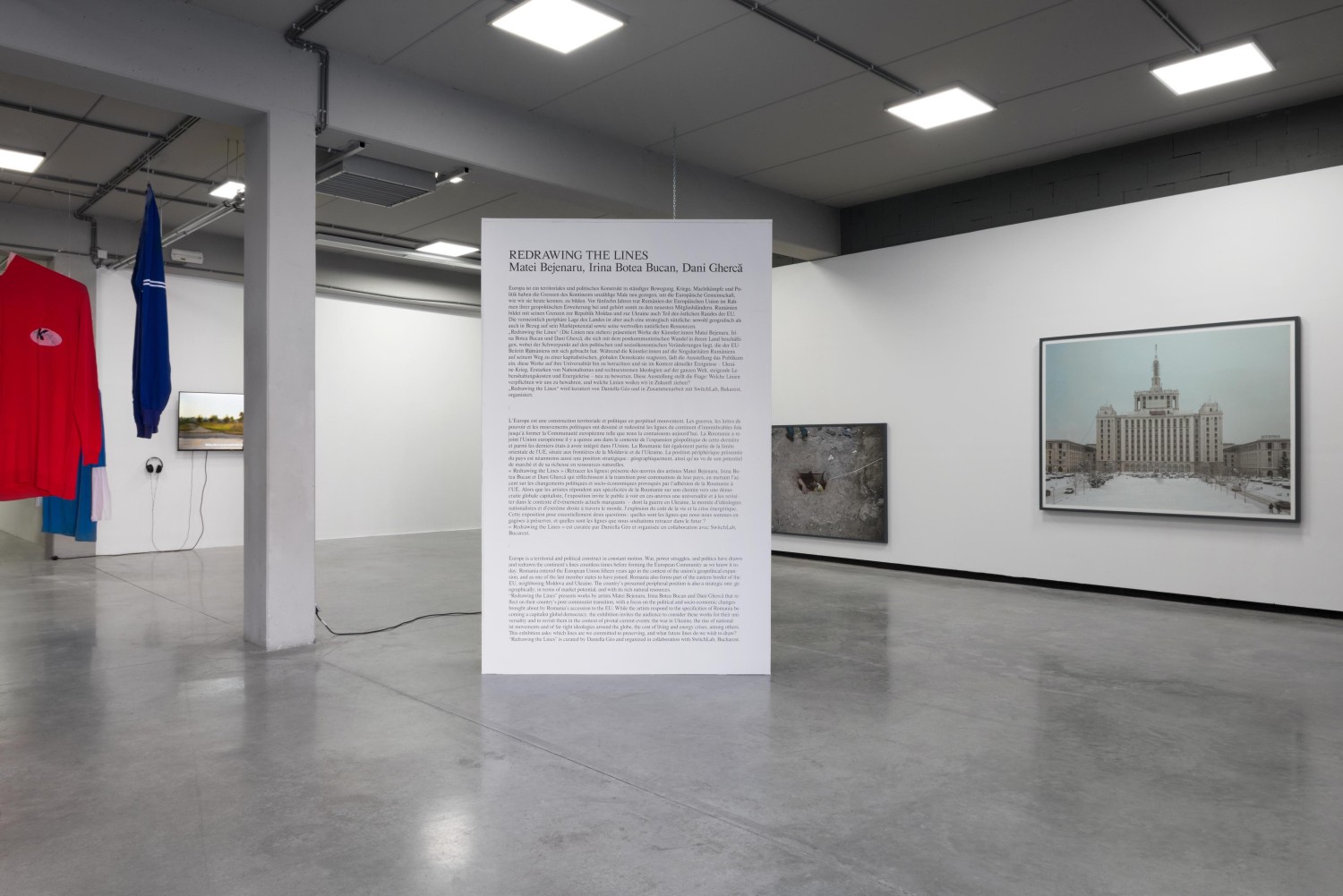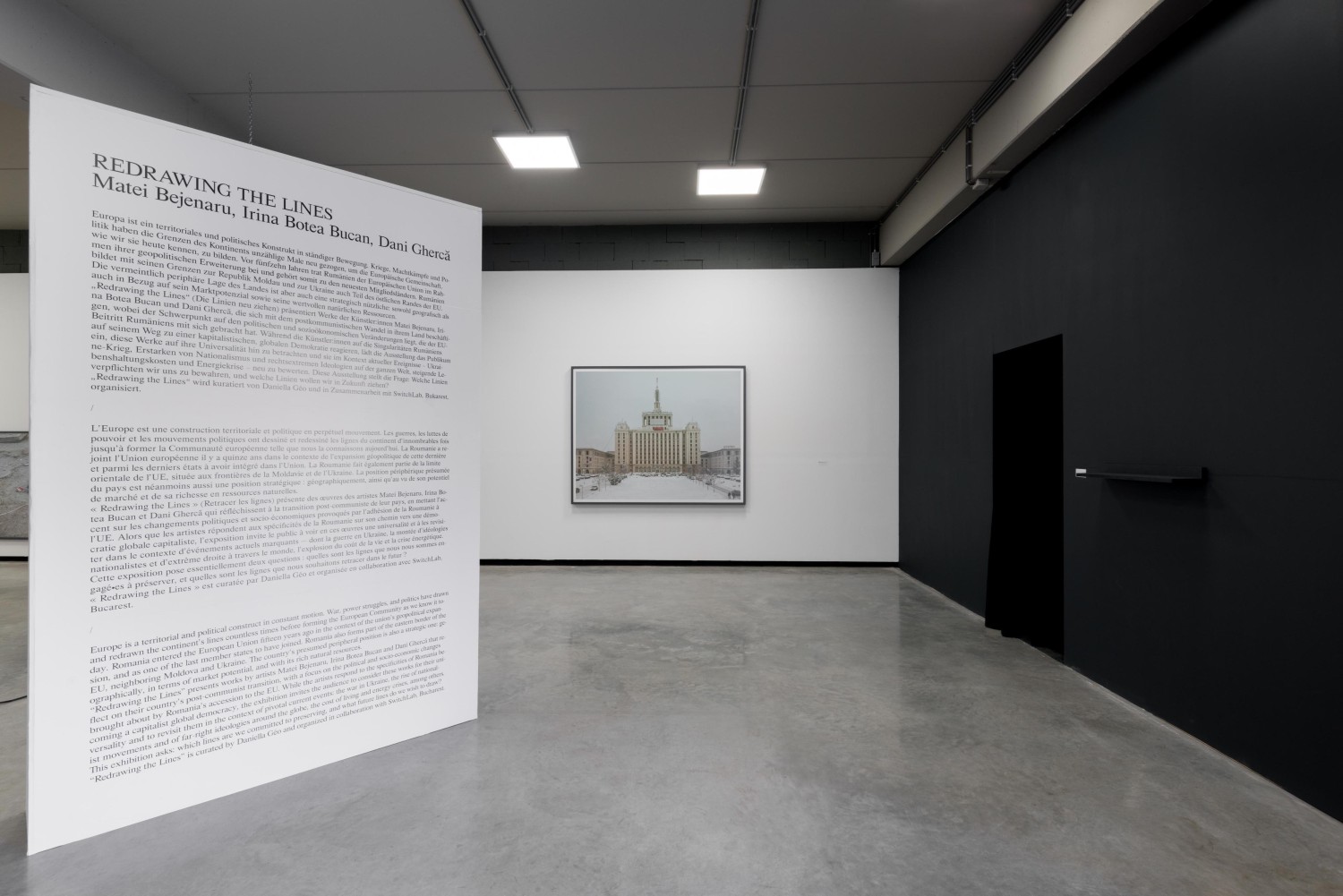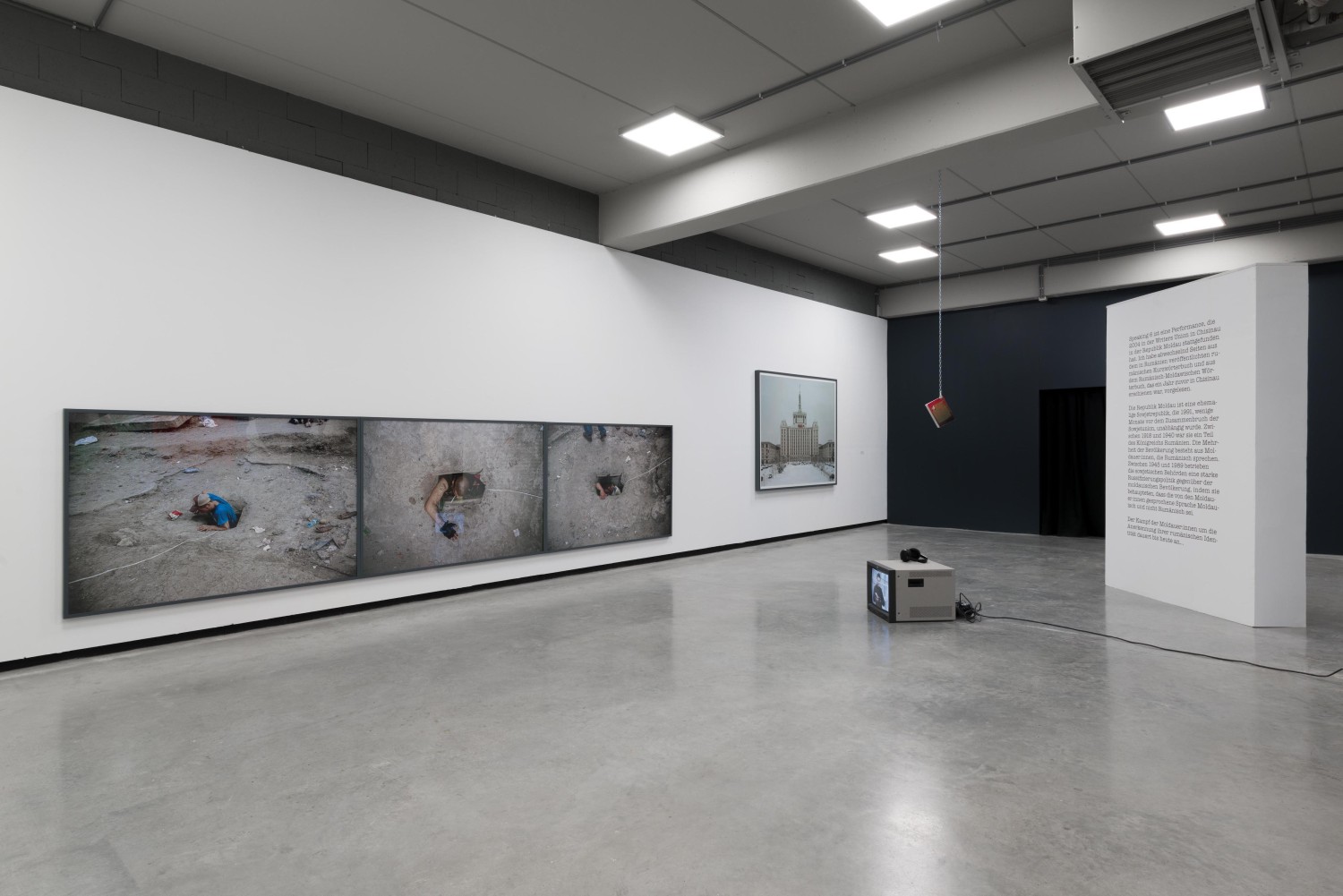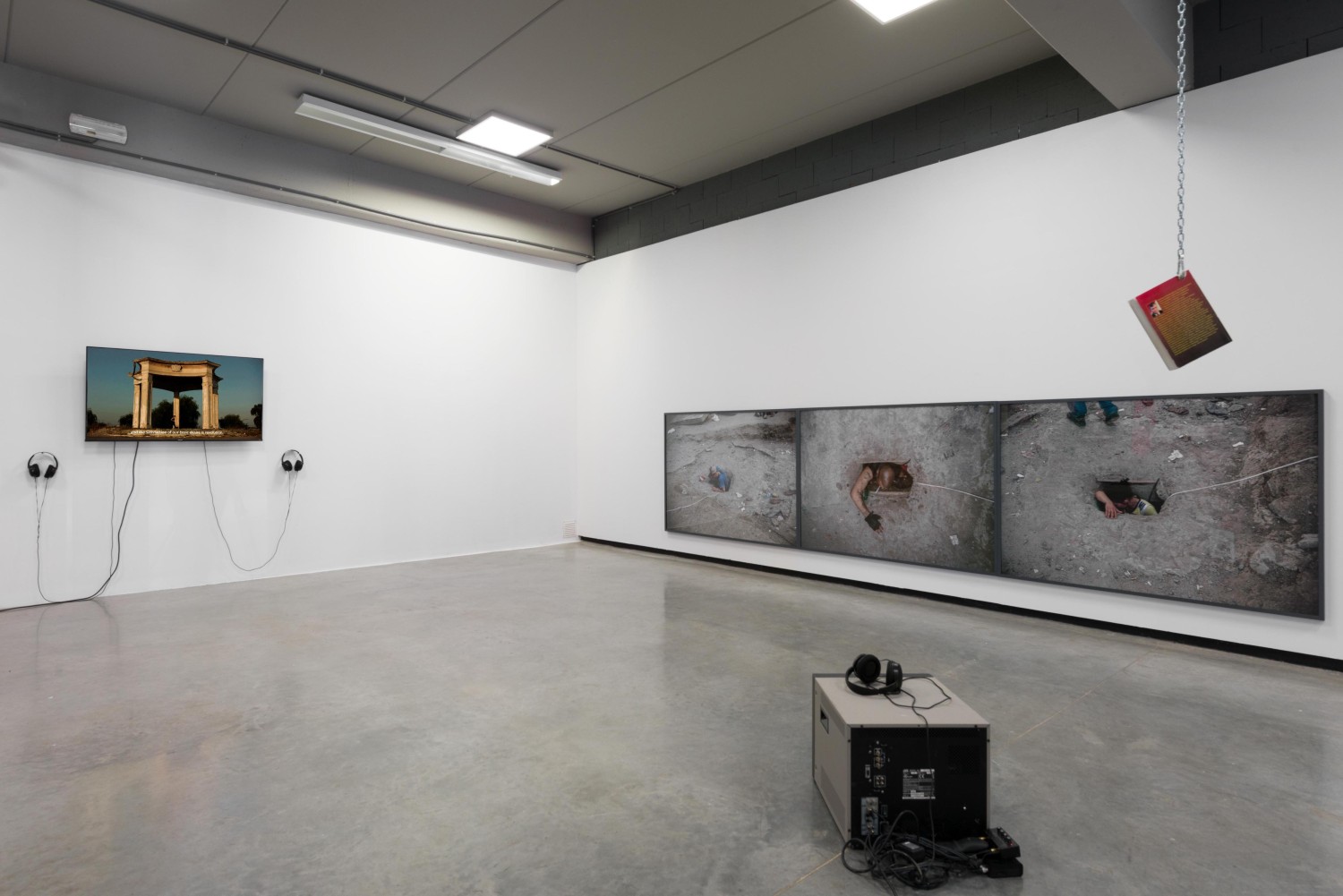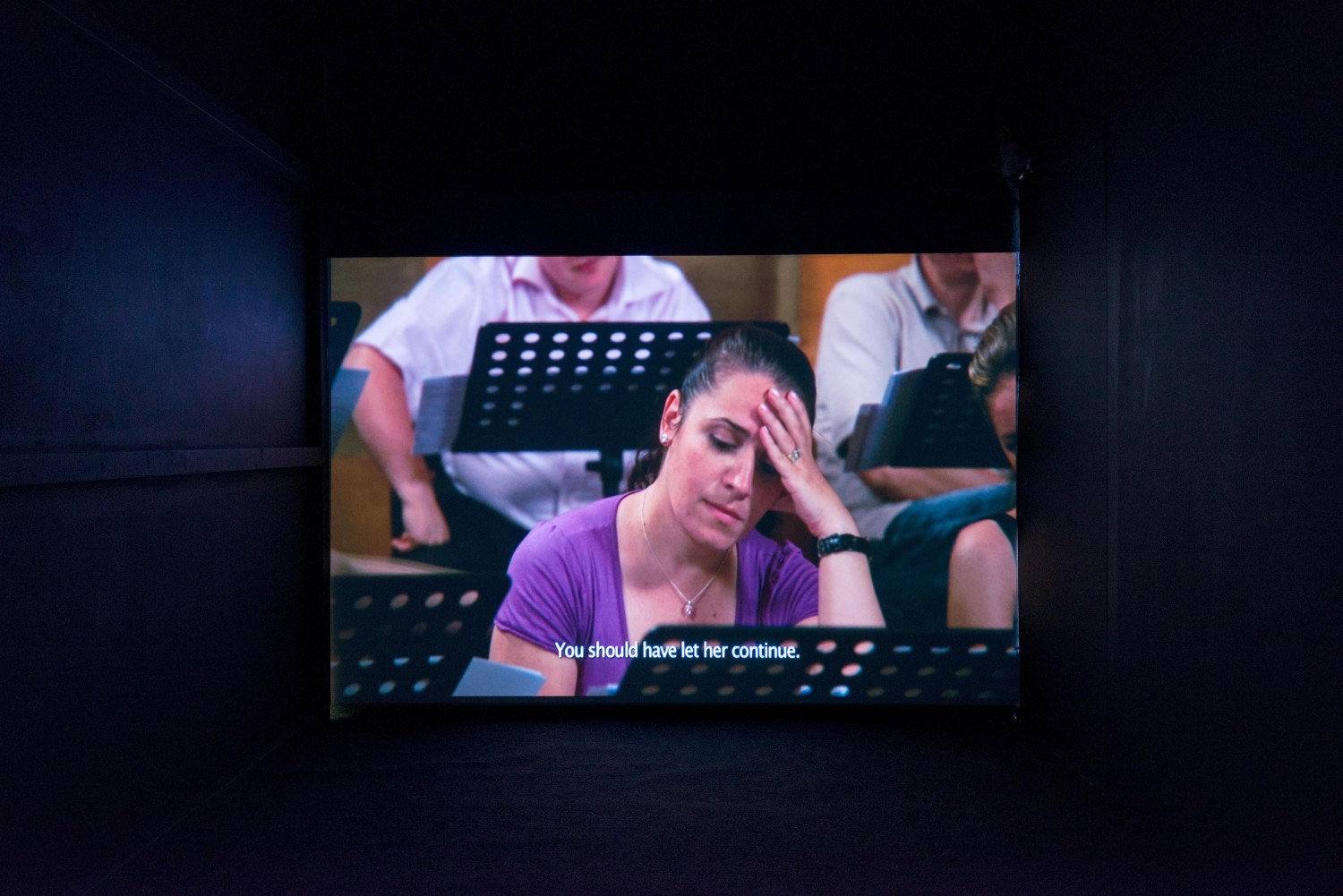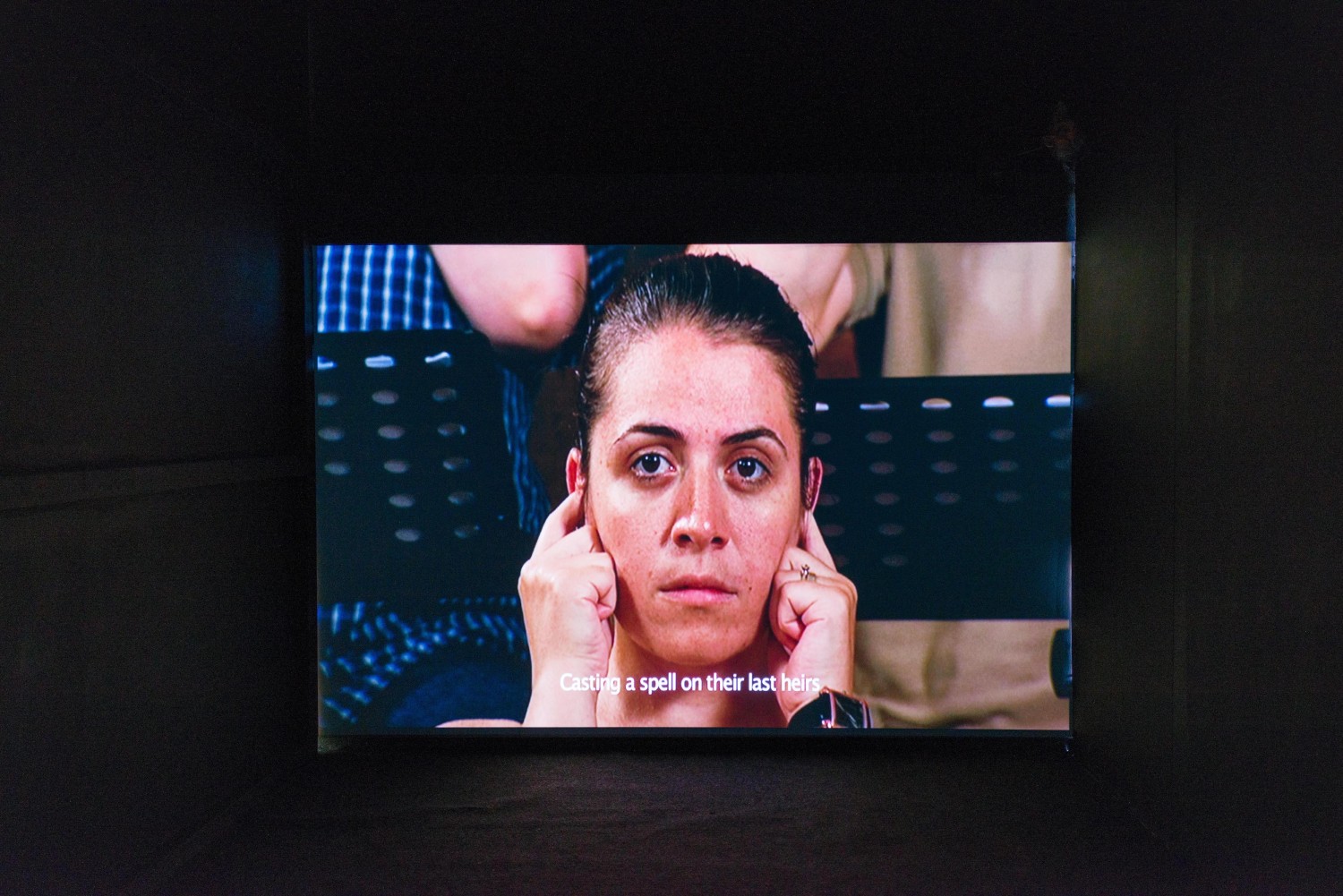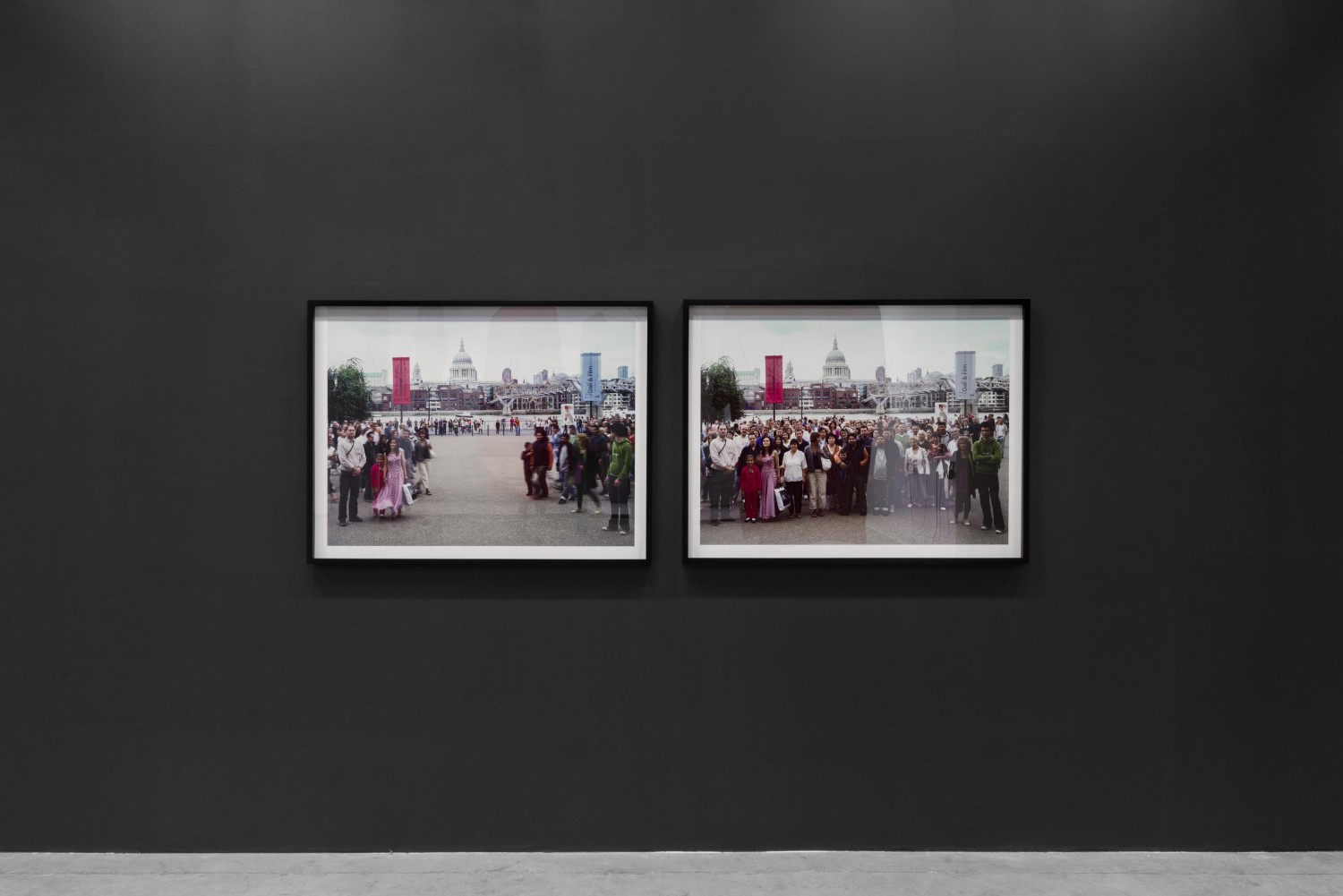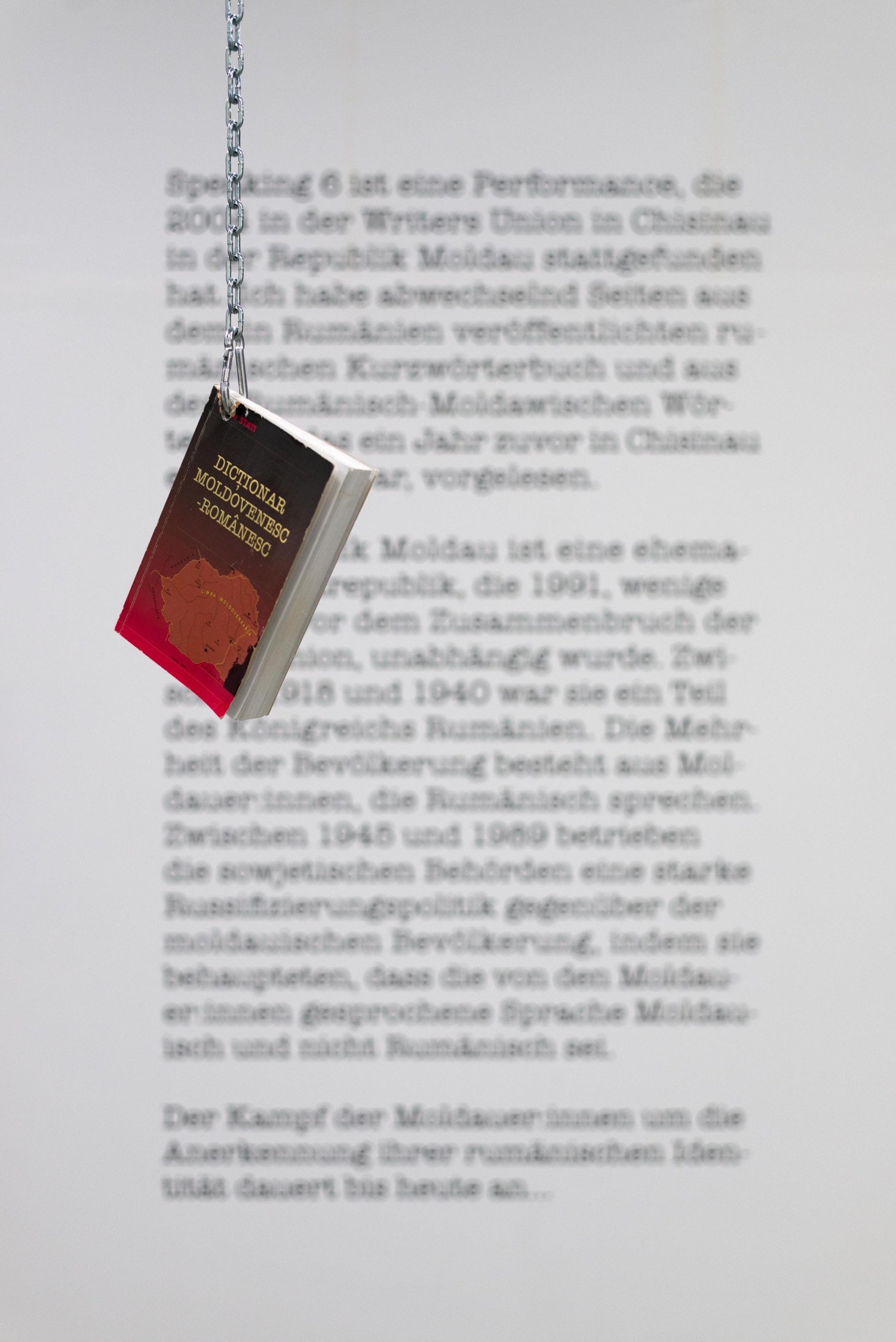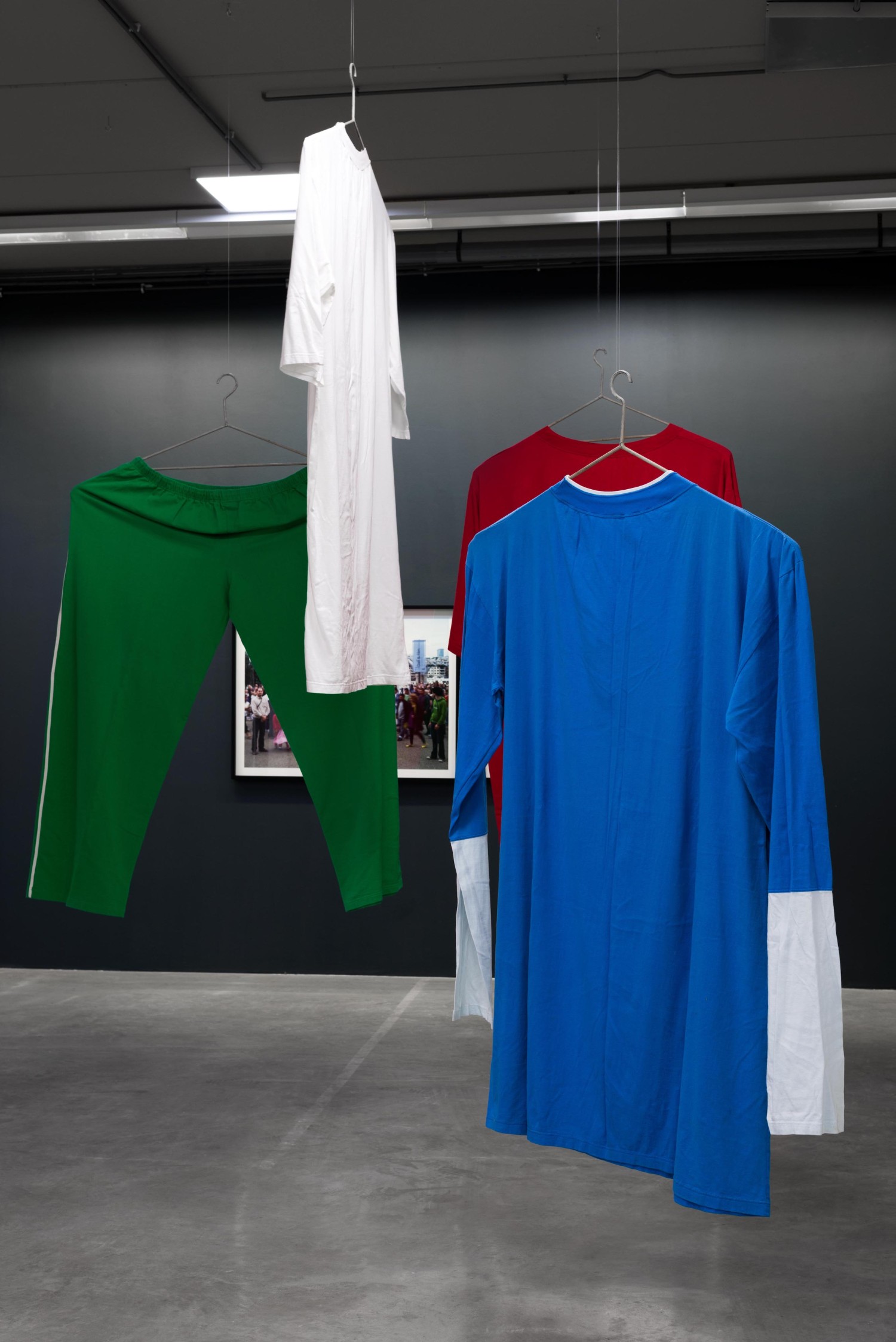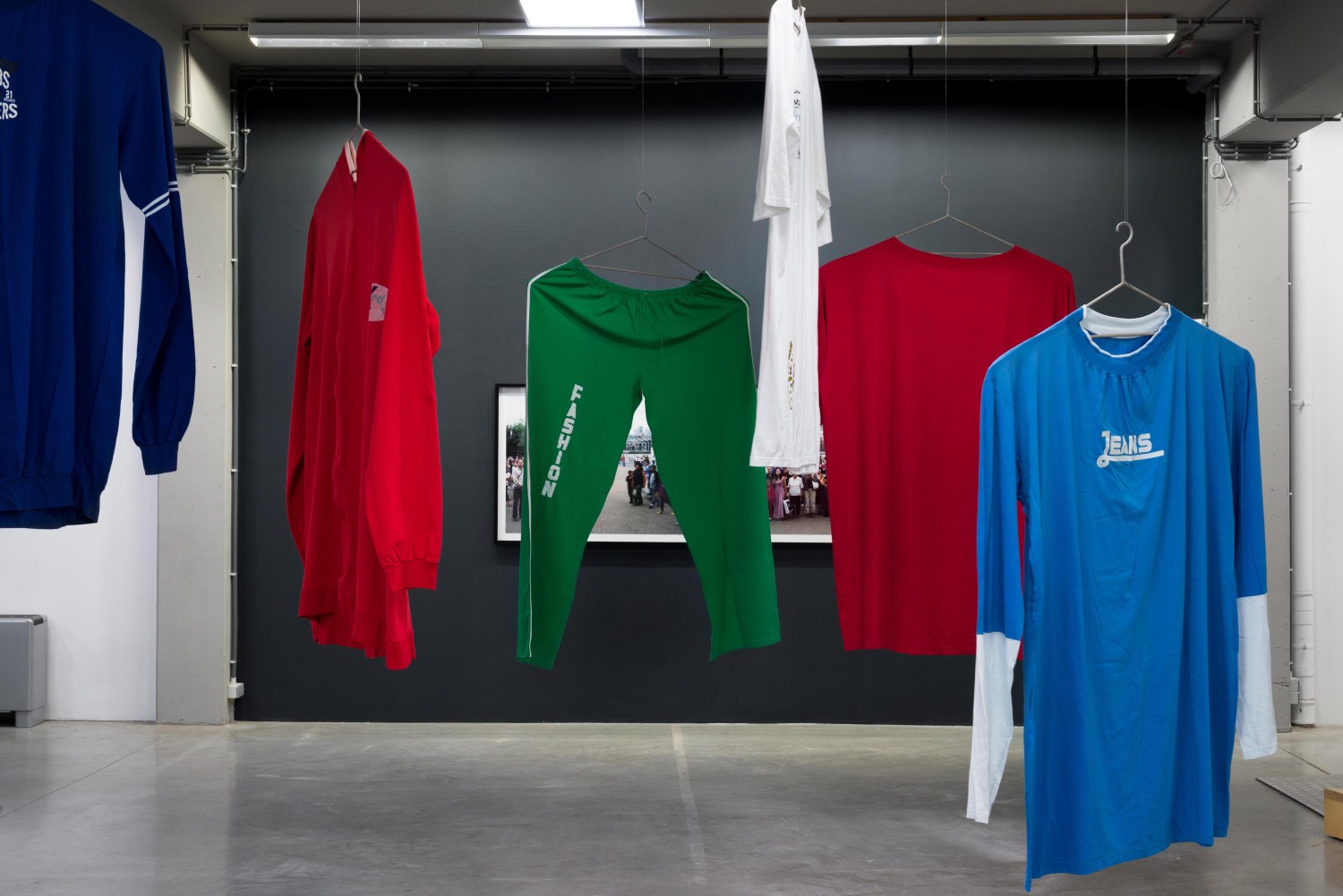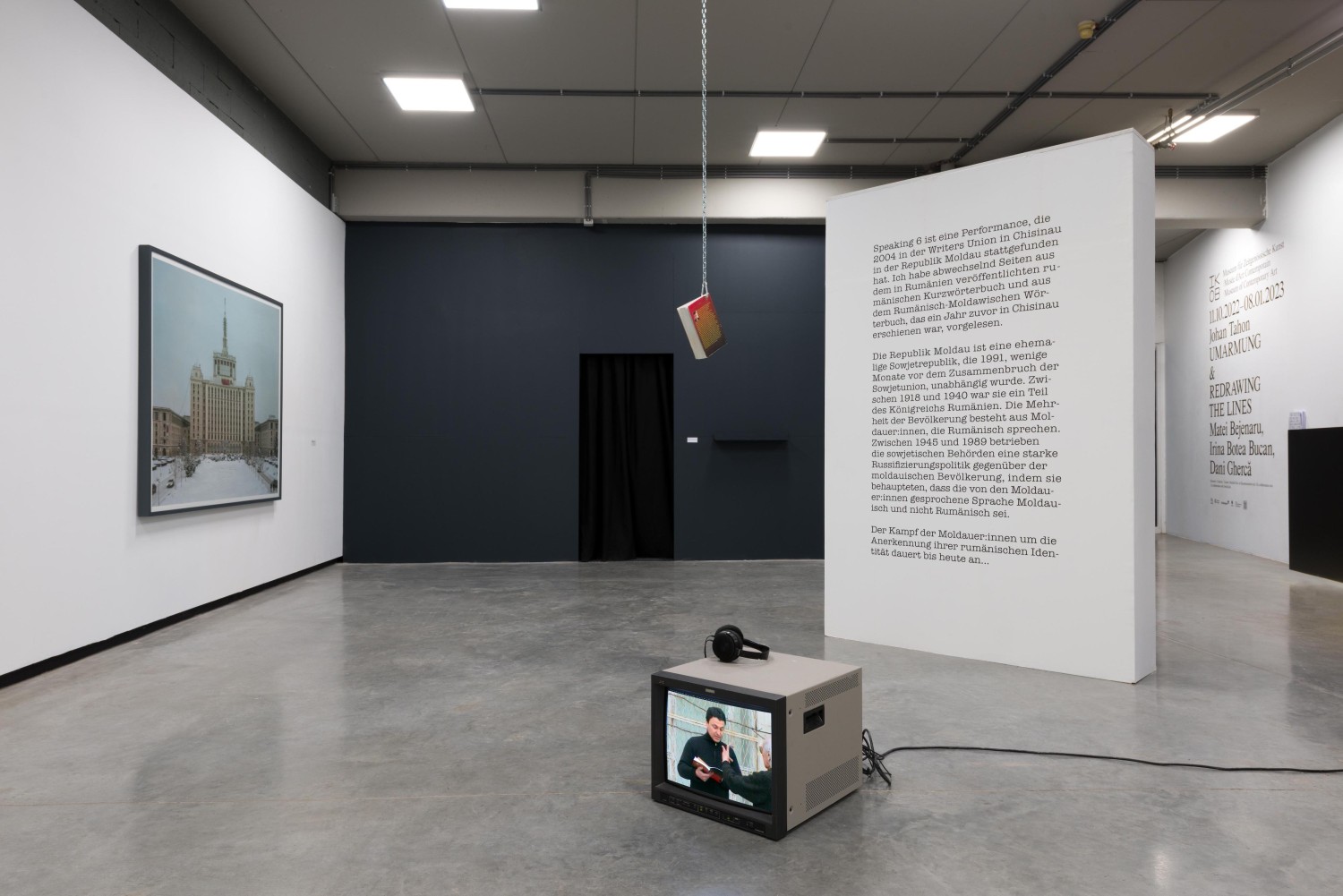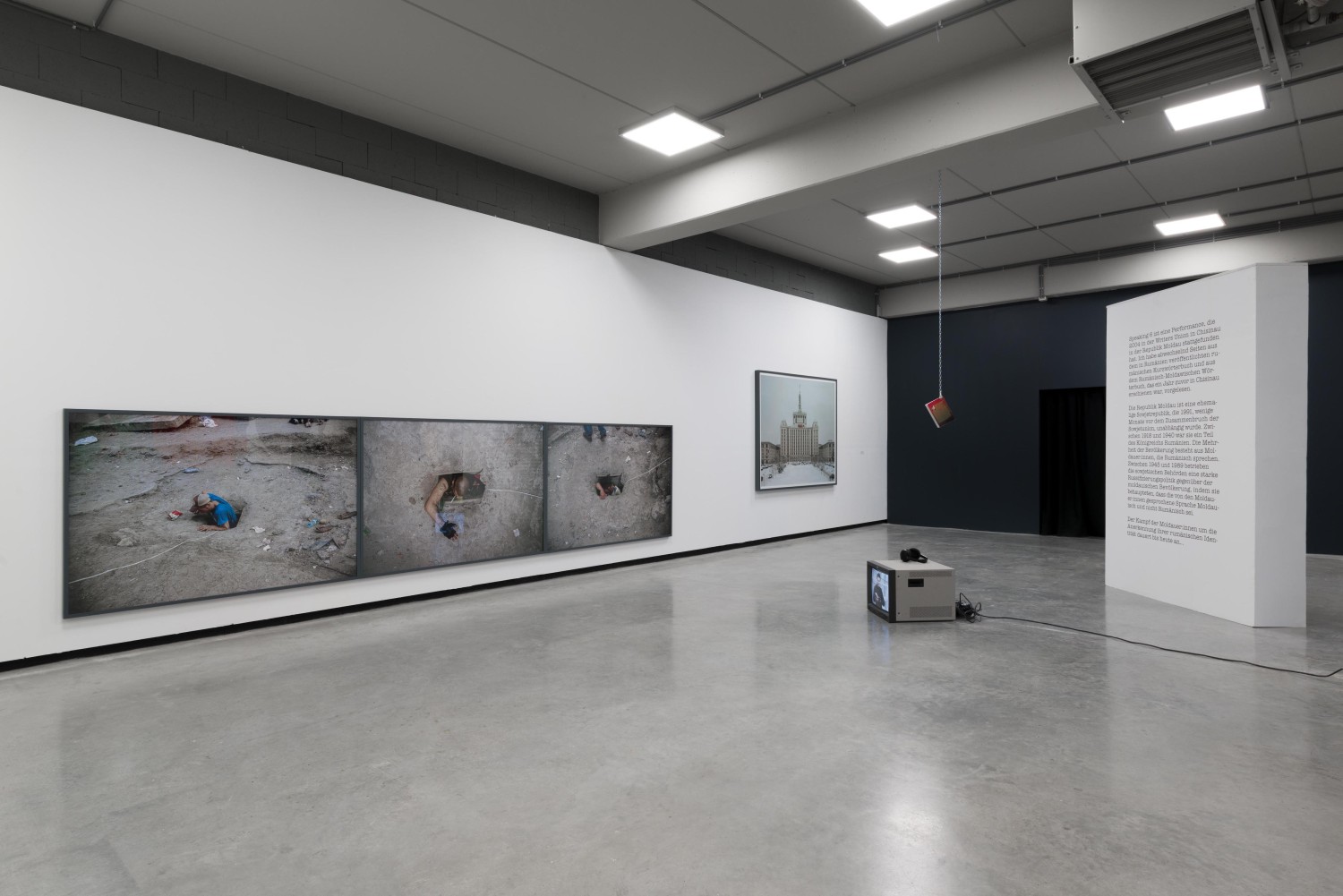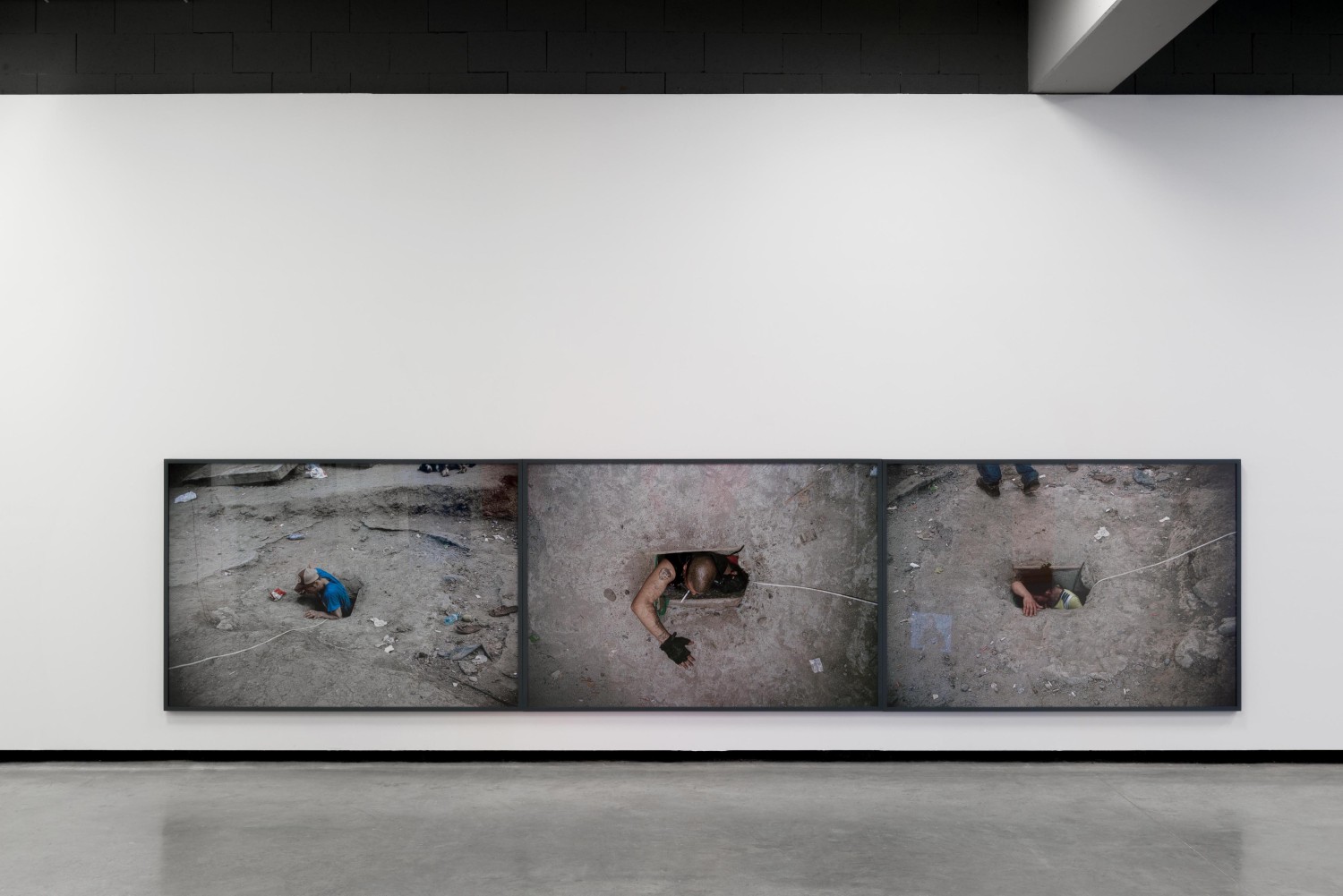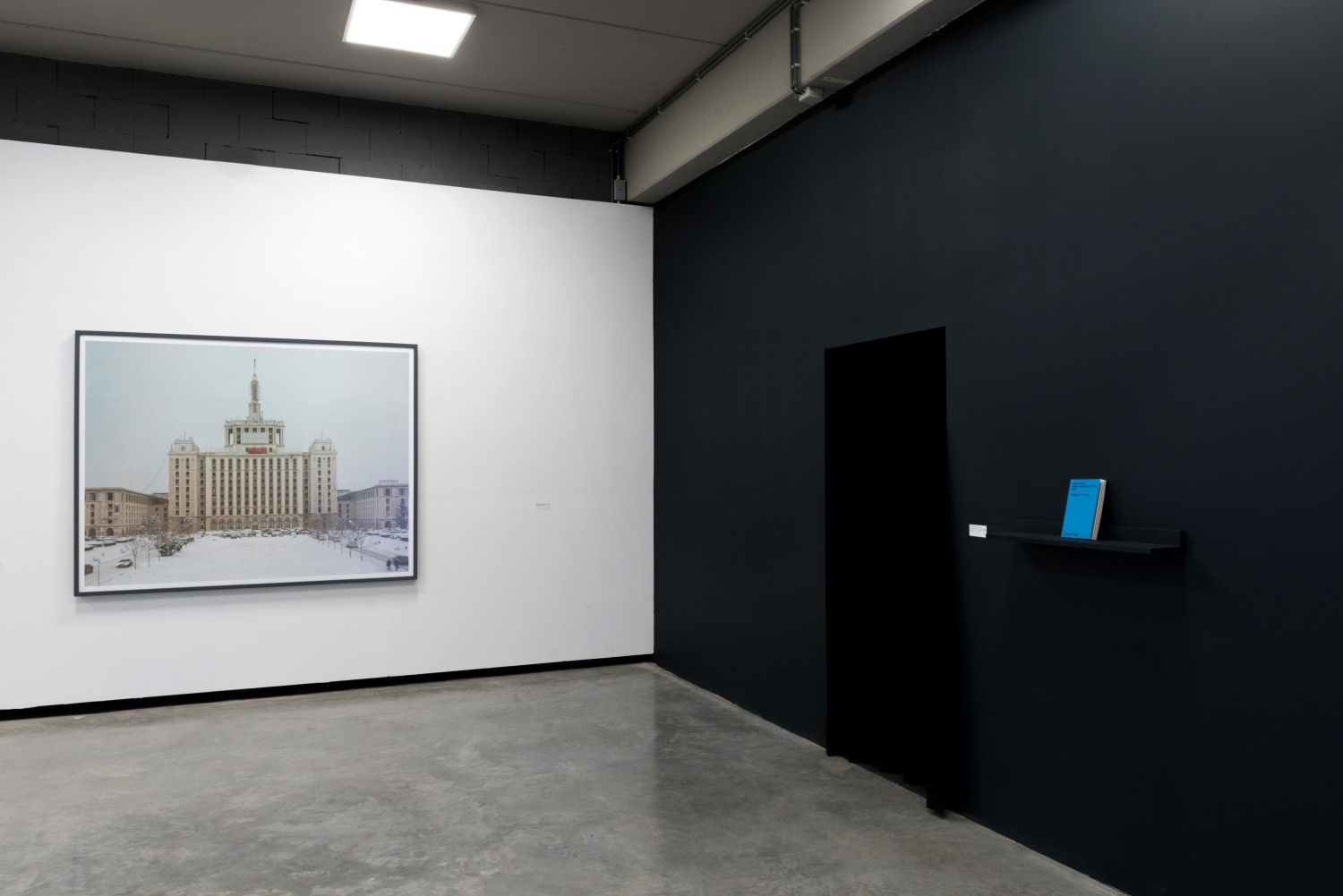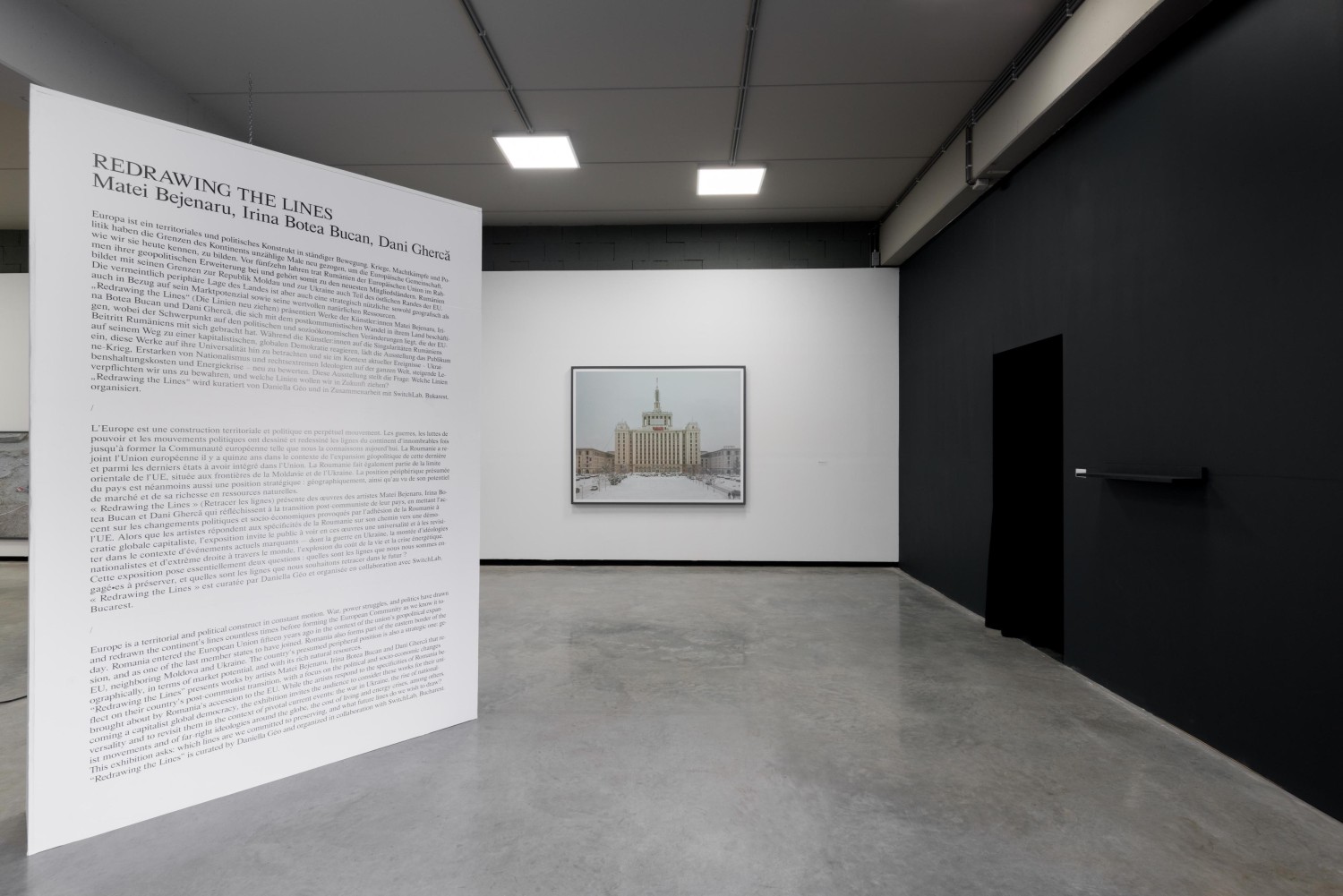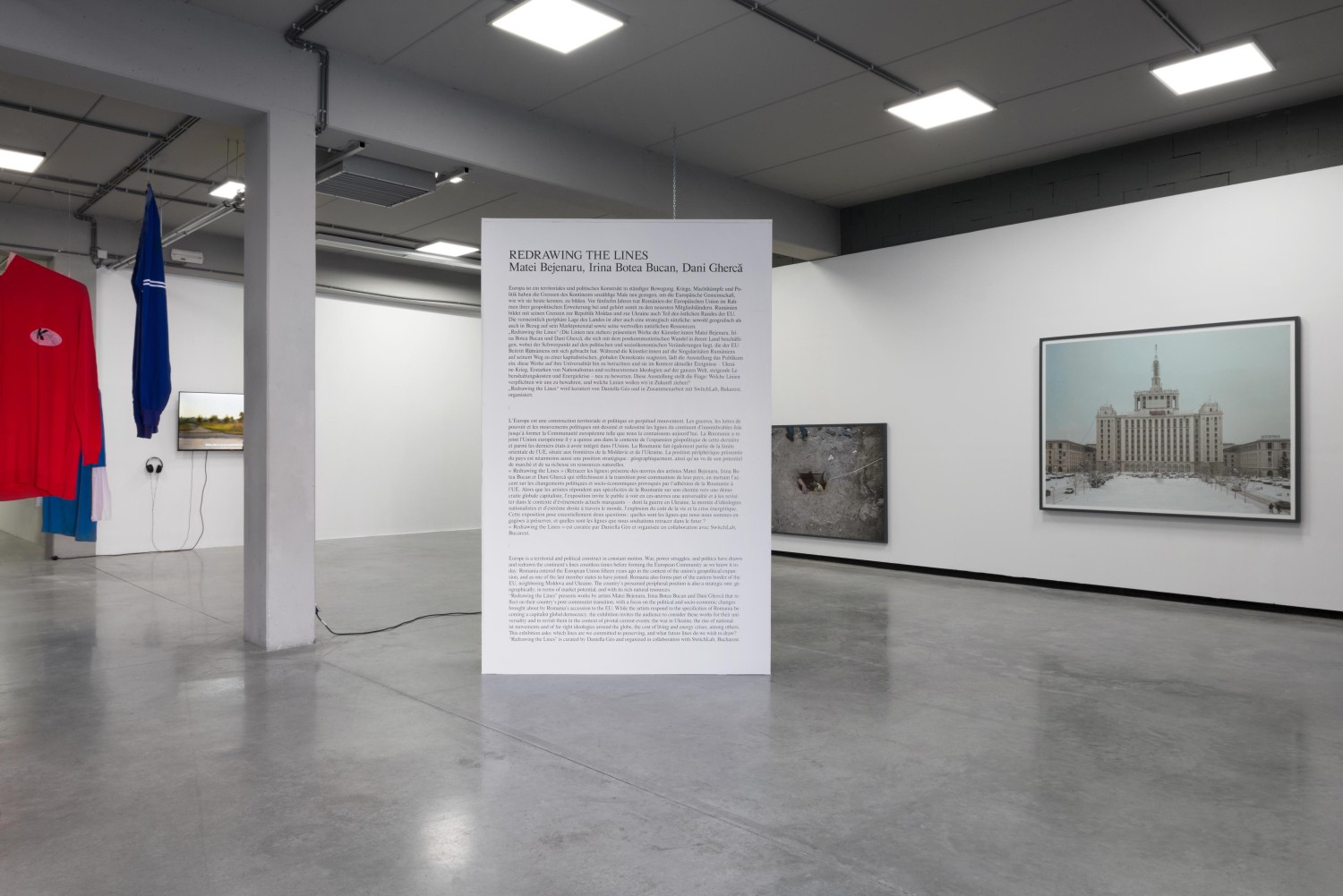PRIVACY POLICY
The IKOB - Museum für Zeitgenössische Kunst takes the protection of your personal data very seriously. We collect, use and store personal data exclusively within the framework of legal requirements and other data protection regulations.
The following information will give you a simple overview of what happens to your personal data when you visit our website. Personal data are all data with which you can be personally identified. You can find detailed information on the subject of data protection, in particular which data is collected and for what purpose it is used, in the data protection declaration listed under this text.
I. REGISTRATION OF YOUR DATA ON OUR WEBSITE
1. RESPONSIBILITY FOR THE COLLECTION OF DATA
The data processing on this website is carried out by the website operator. The contact details can be found in the imprint on this website.
2. HOW IS YOUR DATA COLLECTED
On the one hand, your data is collected when you communicate it to us, e.g. by filling out a contact form.
On the other hand, further data, especially technical data, is automatically collected by our IT systems when the website is visited. Technical data are, for example, the time of the page view, the operating system used or your Internet browser. As soon as you visit our website, this data is collected automatically.
3. WHY IS YOUR DATA BEING COLLECTED
We collect some of your data in order to ensure error-free provision of the website and to optimise your visit to our homepage. Other data can also be used to analyse your user behavior.
4. YOUR RIGHTS REGARDING YOUR PERSONAL DATA
You are entitled to receive information free of charge at any time. This means that you have the right to receive information about the origin, recipient and purpose of your stored personal data free of charge at any time. You also have the right to request the correction, blocking or deletion of this data. You can contact us at any time at the address given in the imprint if you have any further questions on the subject of data protection. You also have the right of appeal to the competent supervisory authority.
5. THIRD PARTY PROVIDERS AND ANALYSIS TOOLS
When you visit our website, your surfing behaviour can be statistically evaluated through the use of cookies and so-called analysis programs. The analysis of your surfing behaviour is usually anonymous; however, the surfing behaviour cannot be traced back to you. You may object to this analysis or prevent it by not using certain tools. You will find details on this and on the possible objections in our data protection declaration under the heading "AnalysisTools and third party providers“.
II. OBLIGATORY INFORMATION ON DATA PROTECTION
We would like to point out that data transmission over the Internet (e.g. communication by e-mail) may be subject to security gaps. A complete protection of data against access by third parties is not possible.
1. RESPONSIBLE OFFICE
The responsible office for data processing on this website is:
IKOB - Museum of Contemporary Art
Rotenberg 12b
B - 4700 Eupen
moll@ikob.be
2. POSSIBILITY OF WITHDRAWING YOUR CONSENT TO DATA PROCESSING
Many data processing processes are only possible with your express consent. You can withdraw your consent at any time. All you need to do is send us an email. The legality of the data processing up to the revocation remains unaffected by the revocation.
3. RIGHT TO TRANSMISSION OF DATA
You have the right to get the data which we process automatically on the basis of your consent or in fulfilment of a contract handed over to you or to a third party in a common, machine-readable format. If you request the direct transfer of the data to another person responsible, this will only take place if it is technically feasible.
4. INFORMATION, BLOCKING, DELETION
You have the right to free information about your stored personal data, their origin and recipients and the purpose of data processing and, if necessary, a right to correction, blocking or deletion of this data at any time within the scope of the applicable legal provisions. You can contact us at any time at the address given in the imprint if you have any further questions on the subject of personal data.
III. THE LEGALLY REQUIRED DATA PROTECTION OFFICER
We have appointed the following data protection officer for our company.
IKOB - Museum of Contemporary Art
Rotenberg 12b
B - 4700 Eupen
moll@ikob.be
IV. DATA COLLECTION ON OUR WEBSITE
1. SERVER LOG FILES
The provider of the pages automatically collects and stores information in so-called server log files, which your browser automatically transmits to us. These are:
- Browser version and browser system version
- IP address
These data are not combined with other data sources.
The basis for data processing is Art. 6 para. 1 lit. b DSGVO, which permits the processing of data for the fulfilment of a contract or pre-contractual measures.
2. WEBSITE REGISTRATION
You can register on our website to use additional functions on the site. We use the data entered for this purpose only for the reason of using the respective offer or service for which you have registered. The mandatory information requested during registration must be provided in full. Otherwise we will refuse the registration.
The data entered during registration will be processed on the basis of your consent (Art. 6 para. 1 lit. a DSGVO). You can revoke your consent at any time. All you need to do is send us an email. The legality of the data processing already carried out remains unaffected by the revocation.
V. NEWSLETTER DATA
Our website offers you the possibility to receive a newsletter. For this we need an email address. Some newsletters are not sent directly by us, but by the brand Mailchimp, which is distributed by The Rocket Science Group, LLC, 675 Ponce de Leon Ave NE, Suite 5000, Atlanta, GA 30308 USA, with server location in Germany. Mailchimp does not use your data to contact you. The data will not be passed on to third parties in connection with data processing for the dispatch of newsletters.
We process the data entered in the newsletter registration form exclusively on the basis of your consent (Art. 6 para. 1 lit. a DSGVO). You can revoke your consent to the storage of the data, the e-mail address and its use for sending the newsletter at any time. You can do this, for example, via the "Unsubscribe "link in the newsletter. The legality of the data processing processes already carried out remains unaffected by the revocation.
The data you provide us for the purpose of subscribing to the newsletter will be stored by us until you unsubscribe from the newsletter and deleted after you unsubscribe from the newsletter. Data stored by us for other purposes (e.g. e-mail addresses for the press area) remain unaffected by this.
VI. PLUGINS AND TOOLS
1. YOUTUBE
Our website uses plugins from YouTube, LLC, 901 Cherry Ave., San Bruno, CA 94066, USA.
When you visit one of our pages equipped with a YouTube plugin, a connection to the YouTube servers is established. In this process, YouTube will tell the server which of our pages you have visited.
They allow YouTube, as long as you are logged into your YouTube account, to assign your surfing behaviour directly to your personal profile. You can prevent this by logging out of your YouTube account.
The use of YouTube is in the interest of an appealing presentation of our online presence, as well as our online offer. This represents a legitimate interest within the meaning of Art. 6 para. 1 lit. f DSGVO.
You can find further information on the handling of user data in YouTube's data protection declaration at: https://www.google.de/intl/de/policies/privacy/.
VII. COLLECTION OF VISITOR STATISTICS
The IKOB - Museum für Zeitgenössische Kunst collects non-personal data, with the exception of origin, for visitor statistics, such as name, date of birth, street of residence, telephone numbers or e-mail addresses. The data are only used to improve IKOB's services.
Date: June 2018
IKOB
Museum für Zeitgenössische Kunst
/Musée d'Art Contemporain
/Museum of Contemporary Art
Rotenberg 12b, 4700 Eupen
Belgien / Belgique / Belgium
+32 87 56 01 10
info@ikob.be
www.ikob.be
Wednesday - Sunday 13 - 18 h
Erklärung zur Barrierefreiheit
Das IKOB - Museum für Zeitgenössische Kunst bemüht sich, ihre Webseite und Anwendungen barrierefrei zugänglich zu machen. Die Erklärung zur digitalen Barrierefreiheit wird im Dekret über die individuelle und öffentliche elektronische Kommunikation der Behörden des deutschen Sprachgebiets (Rechtsvorschrift zur Umsetzung der Richtlinie (EU) 2016/2102 des Europäischen Parlaments und des Rates) verlangt.
Diese Erklärung zur Barrierefreiheit gilt für die Webseite www.ikob.be
Stand der Vereinbarkeit mit den Anforderungen
Dieser Webauftritt ist überwiegend, aber noch nicht vollumfänglich barrierefrei. Die Anforderungen der Web Content Accessibility Guidelines 2.1 werden weitgehend erfüllt.
Momentan werden folgende Funktionen unterstützt
- Schrift/Darstellung vergrößern: Die Vergrößerung der Seitendarstellung mit den gängigen Browsern (zum Beispiel Firefox, Google Chrome, Microsoft Edge, Opera und Apple Safari) erfolgt bei Windows mit „STRG“ und „+“ und bei Apple mit „cmd“ und „+“.
- Schrift/Darstellung verkleinern: Die Verkleinerung der Seitendarstellung mit den gängigen Browsern (zum Beispiel Firefox, Google Chrome, Microsoft Edge, Opera und Apple Safari) erfolgt bei Windows mit „STRG“ und „-“ und bei Apple mit „cmd“ und „-“.
- Die Inhalte der Webseite passen sich der Bildschirmgröße des genutzten Geräts automatisch an (responsive Webdesign).
- Eine browserseitige Vorlesefunktion von Texten (zum Beispiel ab Firefox 49.0) wird auf den meisten Unterseiten unterstützt. - Aufgrund ihrer unterschiedlichen Inhalte ist diese Funktion nicht auf der Startseite verfügbar.
- Logischer Aufbau und Gliederung der Inhalte.
Nicht barrierefreie Inhalte
Die nachstehend aufgeführten Inhalte sind aus folgenden Gründen nicht barrierefrei:
In den Webauftritt eingebundene Dokumente (.pdf, .docx, etc.)
Begründung:
Die bereitgestellten Dokumente werden sukzessive angepasst.
In den Webauftritt eingebundene Videos
Begründung:
Die Bereitstellung der Videos mit einer Audiobeschreibung konnte bislang nicht realisiert werden.
Kartografie innerhalb der Webseite
Begründung:
Eine kartografische Darstellung ist eine hilfreiche und sehr nützliche Ergänzung von Informationen. Kartografie ist dem Wesen nach eine bildliche Darstellung, die somit den Anforderungen einer vollständigen Barrierefreiheit nicht entsprechen kann.
Redaktionelle Inhalte (teilweise)
Begründung:
Auf Grund der fachspezifischen Inhalte, die zumindest teilweise in dieser Webseite veröffentlicht werden, ist eine einfache Sprachgestaltung (beispielsweise der Verzicht auf Fachbegriffe) nicht immer möglich.
Zur Verdeutlichung von Zusammenhängen und zur besseren Veranschaulichung werden bildliche Darstellungen (z.B. Infografiken) oder tabellarische Auflistungen verwendet. Diese sind nicht barrierefrei darstellbar
Fehlende Alternativtexte (teilweise)
Begründung:
Einige Bilder verfügen über keinen Alternativtext, der es erlaubt, dass beim Gleiten der Maus über ein Bild dessen Inhalt erläutert wird. Diese Angaben können ebenfalls von einer Vorlese-Software berücksichtigt werden. Fehlende Alternativtexte werden progressiv hinzugefügt.
Gender – Hinweis
Im Sinne der Gleichbehandlung versuchen wir alle Personenbezeichnungen zu gendern. Dort wo sie keine gendergerechte Personenbezeichnung finden handelt es sich höchstwahrscheinlich um einen alten Text, der noch vor der Entscheidung der Gleichbehandlung aller Personen durch das ändern Ausdruck zu verleihen. Wir sind dabei die Webseite nach und nach zu überarbeiten und anzupassen.
Erstellung dieser Erklärung zur Barrierefreiheit
Diese Erklärung wurde am 3. Oktober 2022 erstellt.
Die Bewertung der Vereinbarkeit der Website mit den Anforderungen der Richtlinie (EU) 2016/2102′ wurde Form von einer von der öffentlichen Stelle durchgeführten Selbstbewertung geprüft. Als Grundlage dazu wurde der vom Föderalen Öffentlichen Dienst Politik und Unterstützung (FÖD BOSA) entwickelten Accessibility Check accessibility.belgium.be/de/tools/bosa-accessibility-check genommen. Weiterhin wurde die Seite einer kritischen Analyse nach W3C-Kriterien unterzogen.
Weitere Aktionen zur Umsetzung der Barrierefreiheit werden mit dem Webseitenentwickler besprochen.
Diese Erklärung wurde zuletzt am 3. Oktober 2022 überprüft.
Feedback und Kontaktangaben
Alle Fragen und Anmerkungen zur Barrierefreiheit dieser Webseite können Sie gerne per E-Mail an die Adresse info@ikob.bw oder schriftlich an IKOB - Museum für Zeitgenössische Kunst, Rotenberg 12b, 4700 Eupen senden.
Unser Ziel ist es, Artikel so zu schreiben, dass sie auch von Besuchern verstanden werden, die mit der jeweiligen Thematik nicht oder nur oberflächlich vertraut sind. Gerne nehmen wir Ihre Anregungen auf, wenn Ihrer Ansicht nach ein Beitrag die zu vermittelnden Inhalte unnötig kompliziert darstellt.
Durchsetzungsverfahren
Im Falle einer fehlenden oder unbefriedigenden Antwort auf Ihre Fragen und Anmerkungen zur Barrierefreiheit dieser Webseite bitten wir Sie, Ihre Beschwerde erst an die Direktion des IKOB - Museum für Zeitgenössische Kunst, Rotenberg 12b, 4700 Eupen vorzulegen.
Sollte die Bearbeitung Ihrer Beschwerde durch die Direktion des IKOB für Sie nicht zufriedenstellend sein, können Sie sich per E-Mail beschwerde@dg-ombudsdienst.be oder schriftlich per Post an den Ombudsdienst der Deutschsprachigen Gemeinschaft, Platz des Parlaments 1, 4700 Eupen, wenden.
Sie können auch einen Termin anfragen unter der kostenlosen Nummer 0800 987 59. Die Ombudsperson wird Ihre Beschwerde prüfen und versuchen zu vermitteln.
